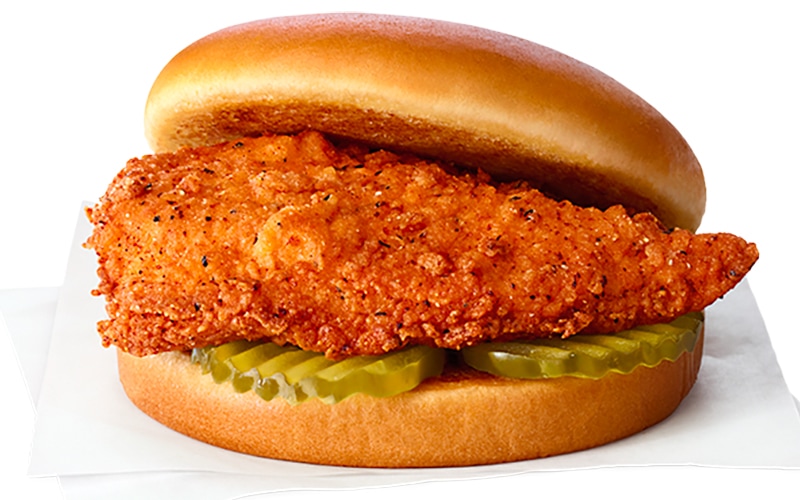Chick-fil-A Strikes Oil

Have you ever gotten a whiff of french fries as you pass an 18-wheeler on the highway?
Have you ever gotten a whiff of french fries as you pass an 18-wheeler on the highway? While it may have been a flashback to your last visit to Chick-fil-A, it was more likely the bio-diesel fuel that could have come from upcycled frying oil collected from 2,802 Chick-fil-A locations across the United States.
The fast food chicken chain is participating in a program with Darling Ingredients, a global company that reduces food waste by collecting and repurposing animal-based co-products and other natural materials. For customer Chick-fil-A, Darling turns waste cooking oil into green energy for truckers.
“We are committed to being responsible stewards of the resources at our restaurants and support the future of renewable transportation fuel—diesel in this case,” says Rodney Bullard, vice president, corporate social responsibility for Chick-fil-A.
In New York, for example, the average price for diesel is currently $6.45. In another time and place (two short years ago) diesel cost $2.69 per gallon.
That massive price rise trickles up and down the supply and demand chain, increasing prices at every touch. Bio-diesel will play an important role in offsetting the energy squelch designed to “wean America off fossil fuels.”
Here’s how the program works. Darling Ingredients arranges for the regular collection of Chick-fil-A’s waste cooking oil. Darling’s partnership with Valero Energy, called Diamond Green Diesel, creates an integrated supply chain that combines Darling’s supply of waste ingredients with Valero’s refining, production, logistics, and marketing through Valero’s retail fuel stations. The partnership currently produces and sells 290 million gallons of green diesel per year. Expansion plans are expected to increase Diamond Green Diesel’s total production to about 1.2 billion gallons of green diesel annually by 2023.
Currently, 44.6 billion gallons of diesel fuel are sold in the United States each year, according to theU.S. Energy Information Administration. Assuming diesel use stays about the same, bio-diesel would account for 2.6% of total consumption by 2023.
Let’s run some math about the economic impact of the human-caused increase in diesel fuel: 44 billion x $6.45 per gallon = $284 billion, give or take a few billion. And 44 billion gallons x $2.69 per gallon two years ago = $118 billion. The two-year difference is more than $165 billion in added fuel costs.
Green diesel will not only add to the supply sustainably, but it also may help to tamp down more fuel cost increases during the next two years.
Chick-fil-A and partners Darling Ingredients and Valero Energy are clearly winning on their environmental, social, and corporate governance leadership. And my favorite item, the Spicy Chicken sandwich, still costs less than a gallon of diesel.
